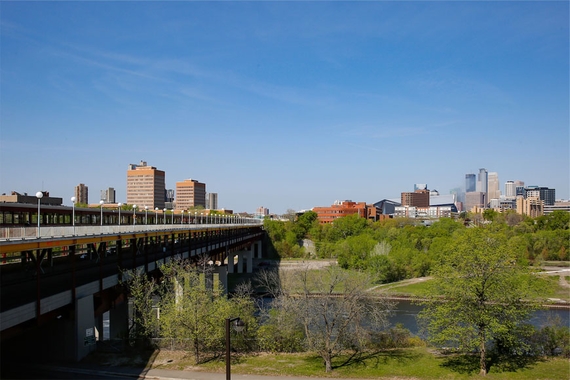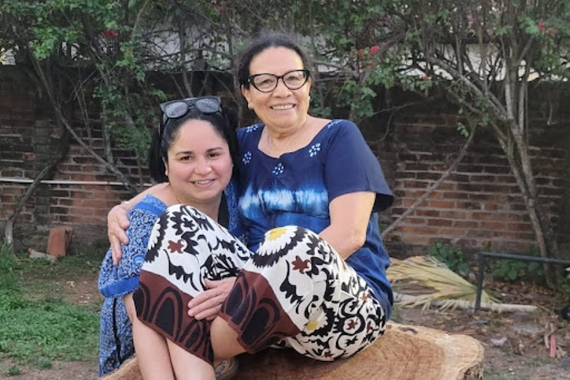COVID Through the Eyes of Historians: Anna Clark
Recently I learned that the Indian government is now using an 1897 Epidemic Diseases Act to address the coronavirus pandemic. Originally imposed by the British Raj in response to the outbreak of bubonic plague in Bombay (present-day Mumbai), this law gave the government in India sweeping powers to impose quarantines, inspect passengers and houses, detain people in camps, and punish those who disobeyed its regulations. While recognizing the need for quarantines, Indian commentators have noted that this law contains no provisions for human rights and thus is flawed in present-day use.
The British government's response to the epidemic sparked concern about human rights. The British government tended to be very coercive in its treatment of Indians in the best of times, and this tendency was exacerbated in times of plague. The year before, the British government had incarcerated famine victims in squalid camps and forced them to work despite their weak health. When signs of the plague became apparent, both British and Indian businessmen at first resisted control, fearing its effect on commerce. But soon, officials began to bodily inspect and detain railway passengers; they also inspected homes, sending the victims of plague to hospitals and those exposed to plague camps. These hospitals were segregated between Europeans and Indians, and Indians feared they were being experimented on there, so they resisted medical treatment. When I wrote about this in an article several years ago, I focused on the British policy of coercion. Now, I confess I am a little more sympathetic to the doctors and officials who were desperately trying to prevent a terrible epidemic using the protocols of the time.
Yet issues of human rights do not go away during times of plague. Furthermore, violations of human rights make it more difficult to effectively prevent and treat disease. For instance, as the plague accelerated, nationalist leaders were willing to cooperate with the British. They even accompanied the plague search parties. But when British policy became even more coercive, this cooperation ended. For instance, when a Poona official named W. R. Rand sent white British soldiers to bodily inspect Indians in their houses, even feeling under the arms of Indian women, nationalists erupted in protest. A nationalist committee in Poona declared that the forcible inspection and incarceration of inhabitants in plague camps demonstrated such a "complete disregard of public feeling and public rights that one is loath to believe it has been constituted by Englishmen." Militant nationalists assassinated Rand.
In addition, class divisions and caste divisions become all too apparent in times of epidemics. Today, class divisions are becoming quite apparent as middle-class professionals can stay at home while grocery workers and delivery workers have to expose themselves to the virus. But this inequality can become a powder keg. In Bombay in 1897, as historian Aditya Sarkar has written, city officials depended on lower caste sweepers and other sanitation workers to keep the city clean. Officials tried to prevent sanitation workers from leaving the city and imposed heavy-handed inspection in their neighborhoods, snatching plague victims and putting them in the feared hospitals. As a result, the sanitation workers and their neighbors, the mill workers, rioted and went on strike. These actions forced city officials to backtrack; fortunately, an inoculant against the plague was discovered and people became willing to be inoculated as an alternative to detention.
Cooperating with the Indian people worked better than coercion in plague measures. The people of Bombay only became willing to go to hospitals when each community was allowed to establish its own plague hospital and camp, where they could control their diet according to caste restrictions and use ayurvedic medicine along with Western medicine. However, funding remained an issue; richer communities had better hospitals. Once the plague went into abeyance, the British went back to their old policy of neglecting Indian public health.
There is always a tension with institutional care of public health between coercion and discipline and the needed provision of medical care. We still face these dilemmas today. The Chinese government isolated people infected with COVID-19 in large institutional settings. On one hand, they did not always get the best treatment, and it must have been alienating to be away from their families. On the other hand, American hospitals send infected patients home to be cared for by their relatives who, in turn, may become infected. Our much-vaunted freedom is the freedom to become infected.
Public health institutions work when people can see them as a service trying to make them healthier rather than a policing function that sees the poor as vectors of disease. This requires an acknowledgment of the right to healthcare as well as the right to freedom.


